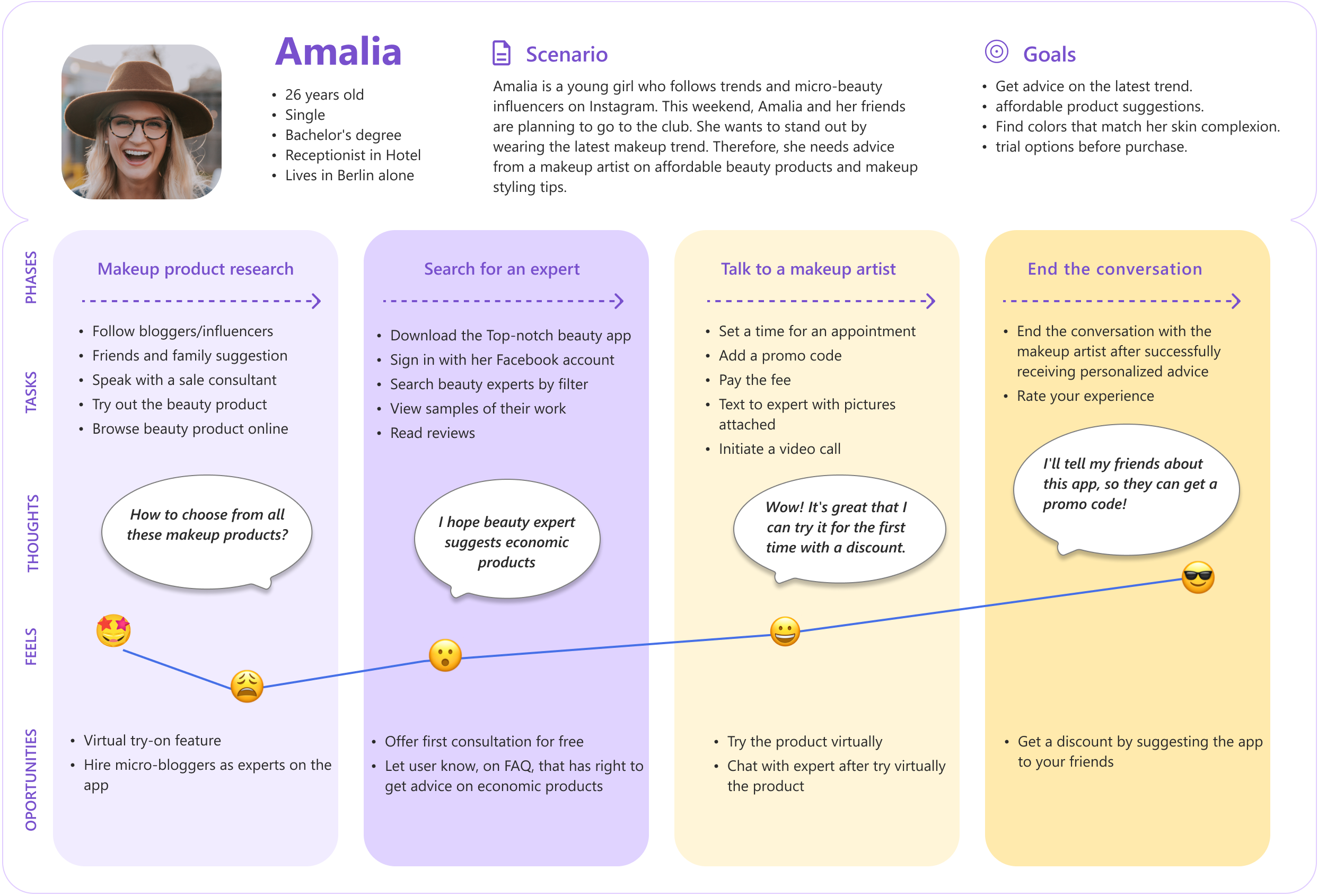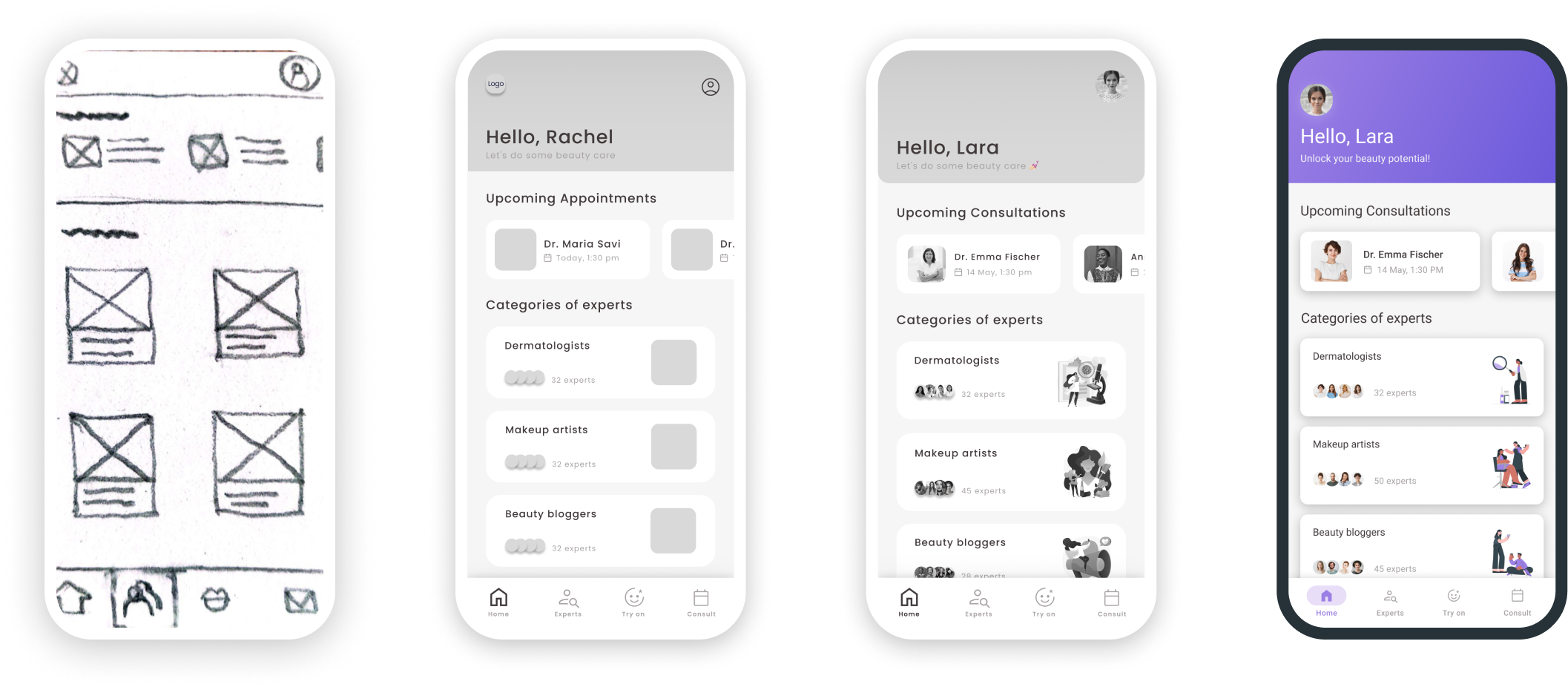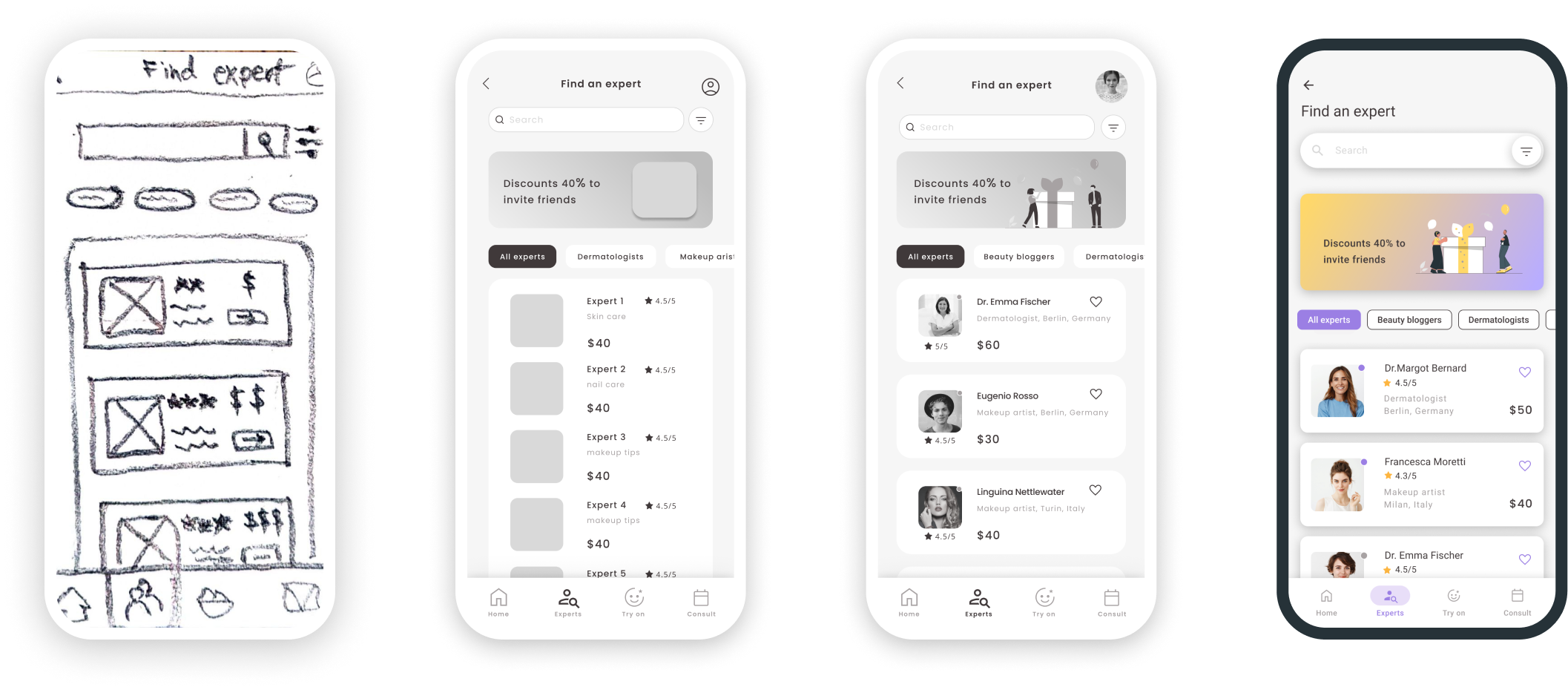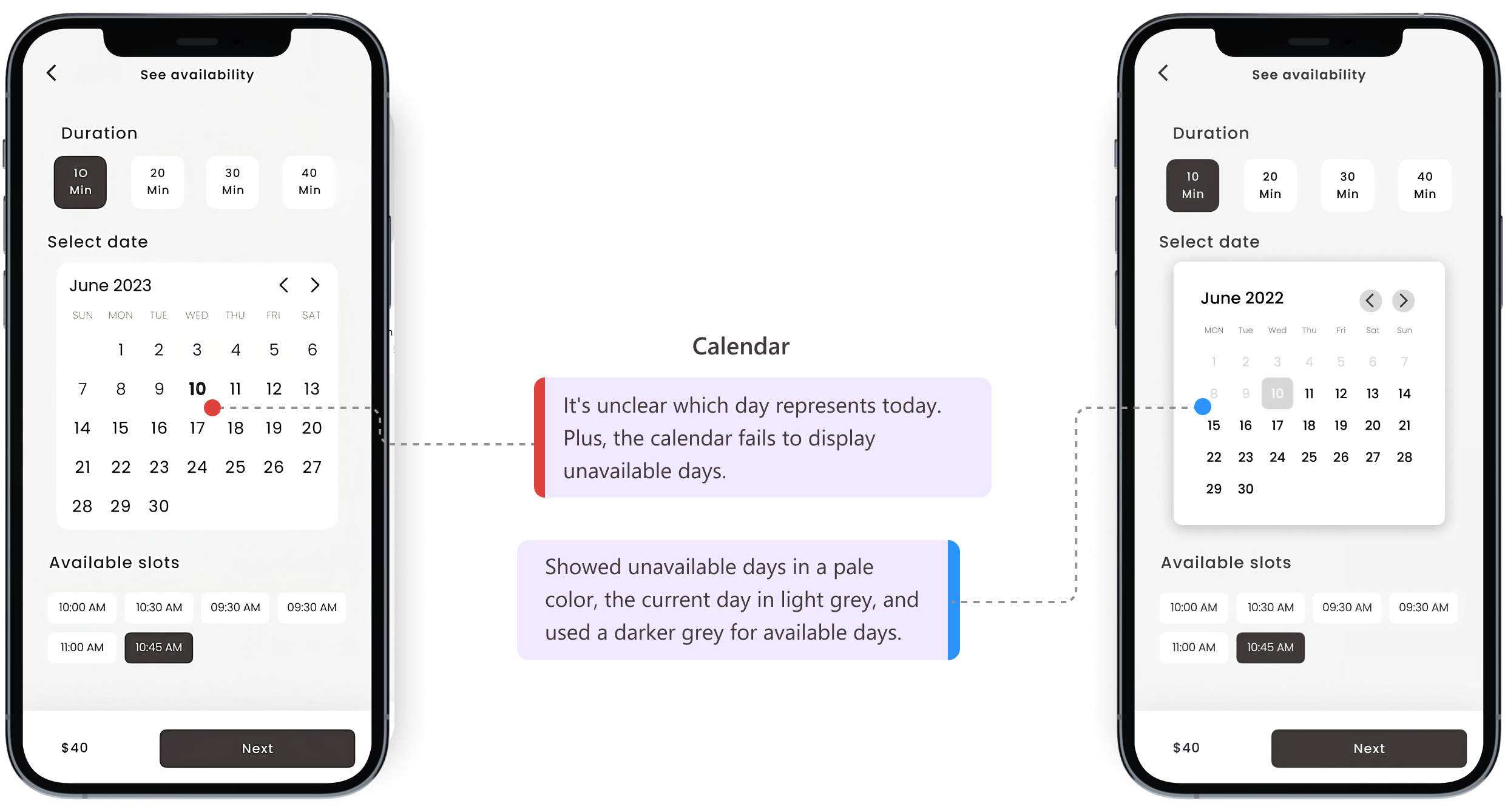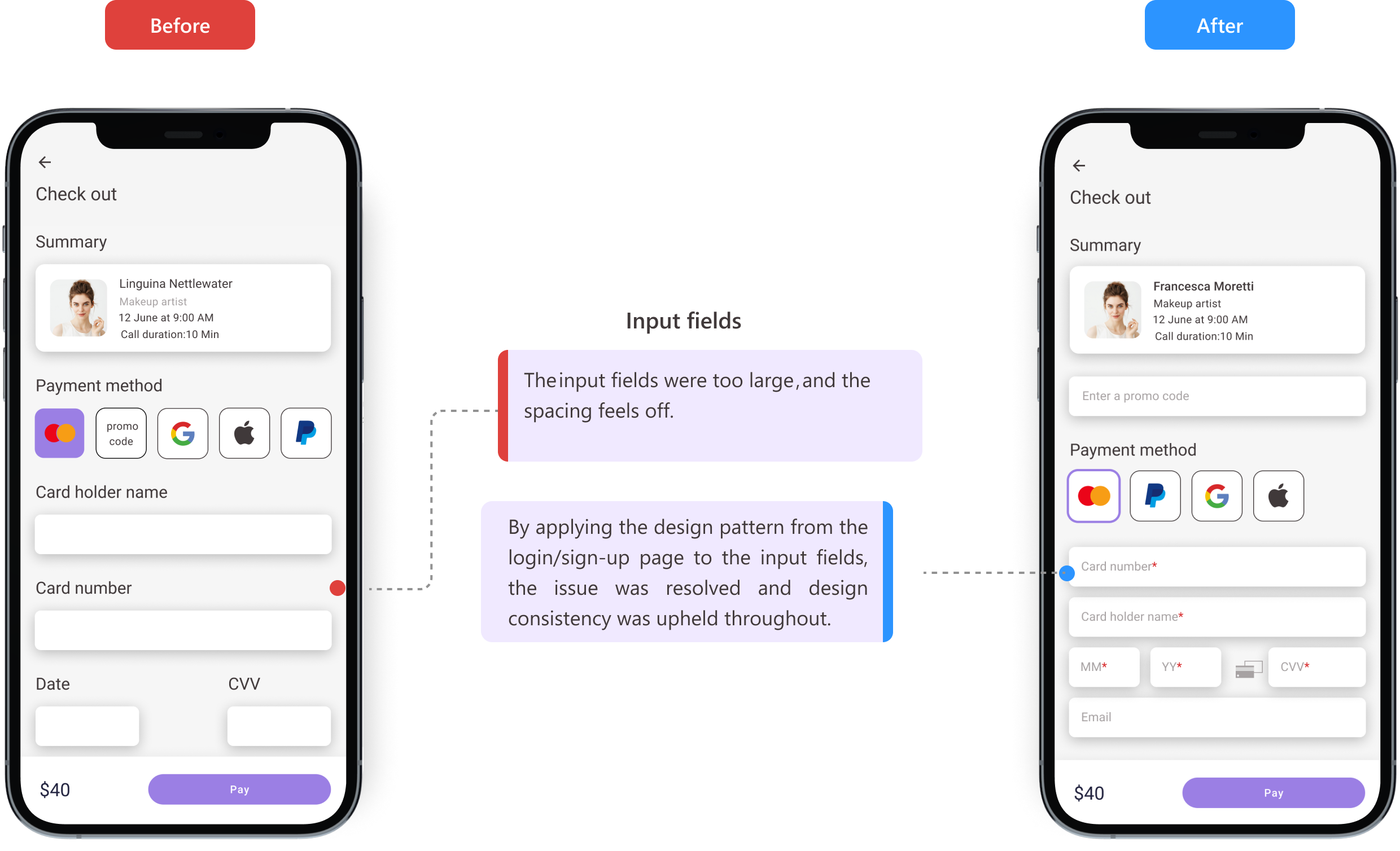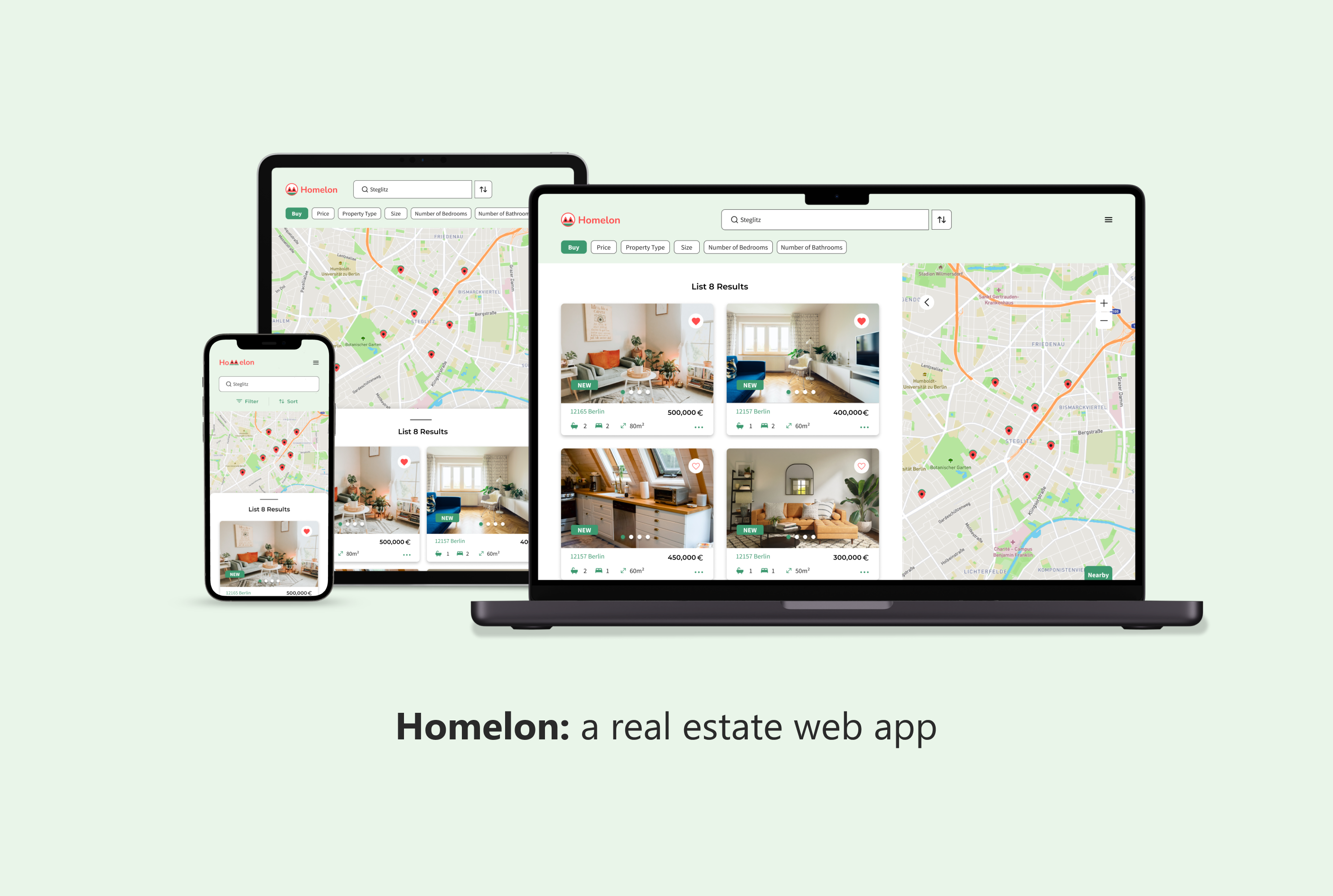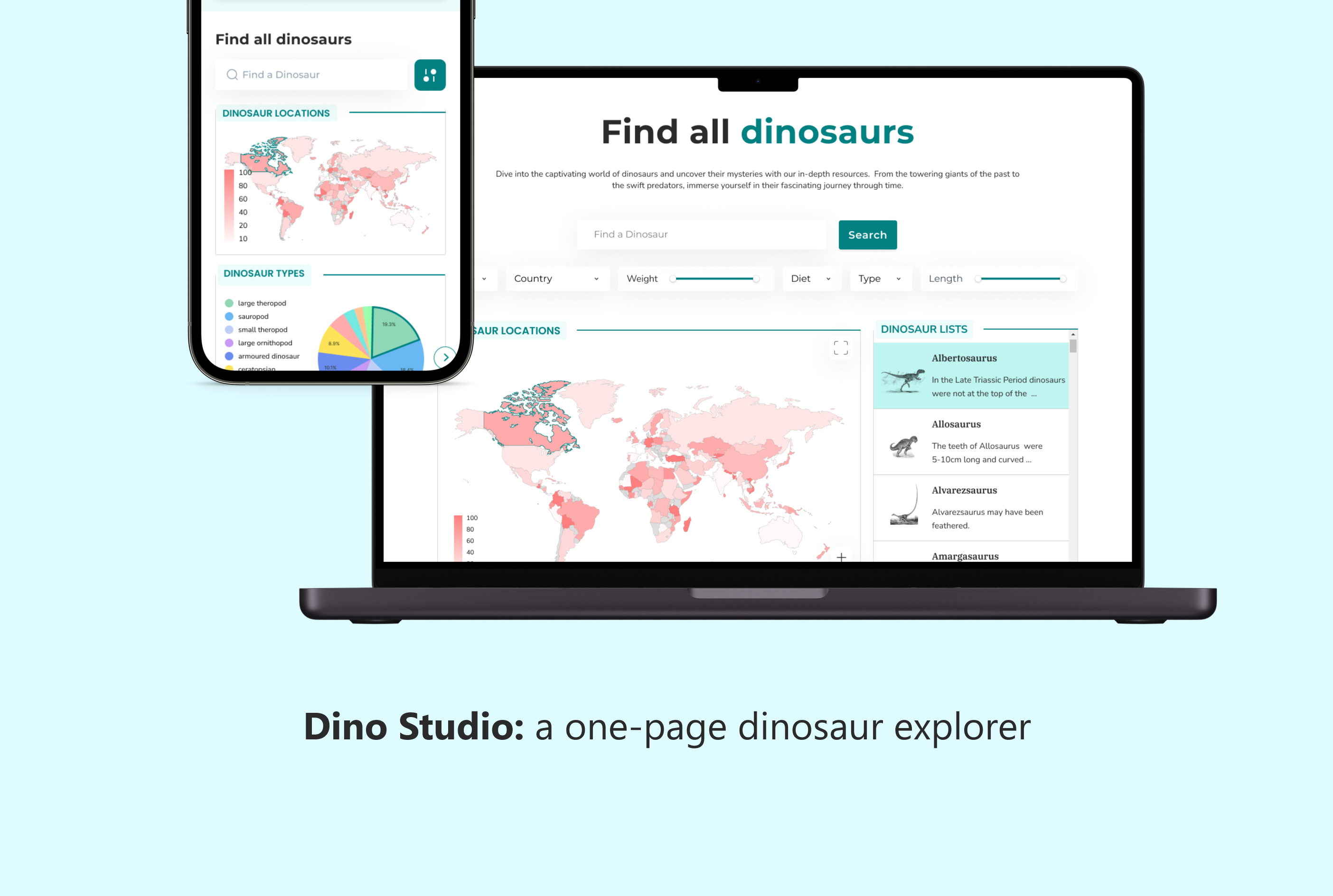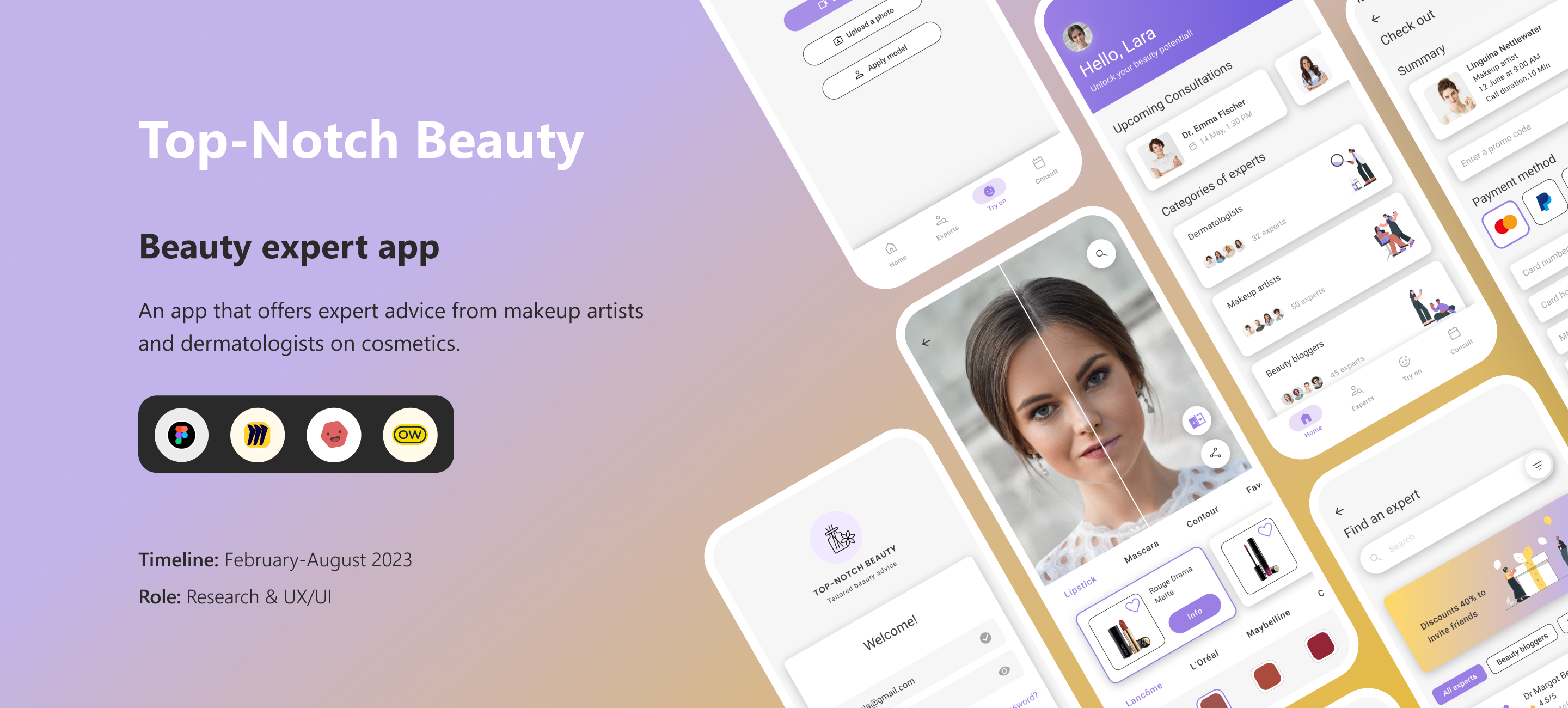
Problem Statement
It's difficult and time-consuming to find trustworthy advice or recommendations about beauty products online. This is especially true when people are seeking solutions that match their specific skin or hair type. Additionally, they want to visualize how a product will affect them before making a purchase.
Why?
The landscape of beauty products is flooded with diverse information and contrasting opinions sourced from various websites. Looking for information about beauty products often leads to conflicting viewpoints. Beauty brands often showcase and advocate for their own products on their dedicated platforms, and celebrities endorsing products through advertisements further complicate the search for unbiased information. Therefore, finding unbiased insights requires a lot of time and effort, particularly when seeking personalized advice.
I hypothesize that creating a centralized platform offering unbiased advice about beauty products tailored to individual skin and hair types will enable users to make informed decisions more efficiently. By providing a curated and personalized approach to beauty advice, I anticipate that users will have a more reliable method for evaluating products, ultimately leading to increased confidence in their purchasing choices.
Business Opportunities
Within the current beauty market landscape, a significant gap exists — a centralized platform offering personalized guidance on beauty products is notably absent. Individuals in search of tailored advice from experts, such as makeup artists and beauty influencers, encounter a scarcity of direct consultation avenues.
Design Process
Competitive Analysis
The competitors are 'Sephora' and 'Intro: Talk with experts'. Among them, Sephora stands out as a strong rival. It boasts a large chat community that provides users with beauty advice and offers free consultations with beauty coaches through its website. Additionally, they offer a feature for trying on their own brand's products, although this feature is limited to Singapore.
User Interviews
Based on comments and competitor research: My target audience includes people aged 18 to 45, especially from the middle class. They want expert-approved beauty products, valuing honesty over influencer ads. They're busy and can't seek in-person advice. I interviewed 6 individuals aged 25-45 who are either full-time employees or students and met the qualification above.
Insights
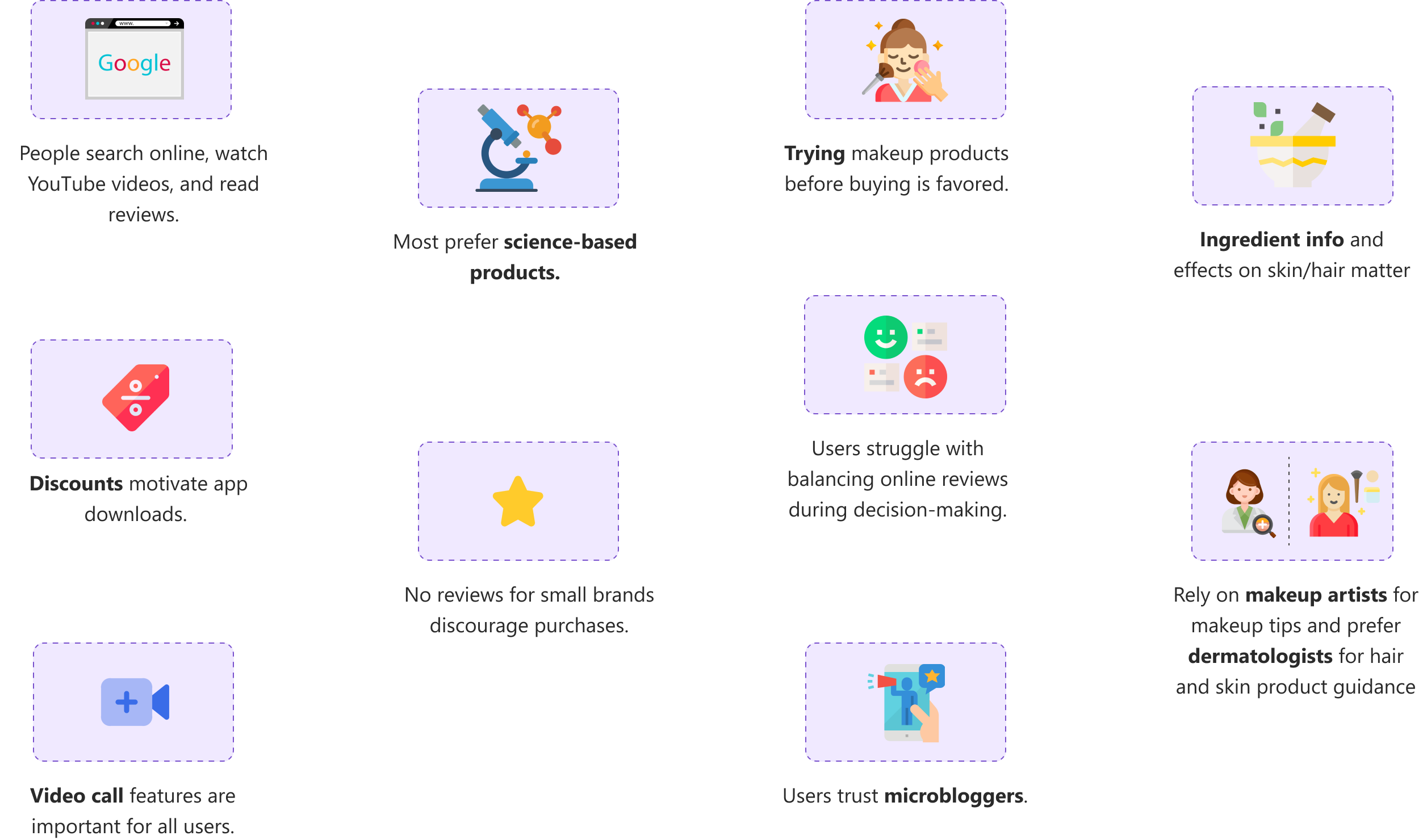
User Personas
I created two user personas to grasp user preferences and pain points. Based on my user results, I identified the need for two distinct personas for my app: Persona 1 (Jessica): This persona values dermatologist-recommended and science-based products. They are keen to understand the ingredients in the products they use. Persona 2 (Amalia): The second persona encompasses individuals desiring to experiment with new makeup styles. They seek guidance on application techniques and prefer seeing how the products would look on their face before making a purchase decision.

Amalia
Budget-conscious makeup seeker
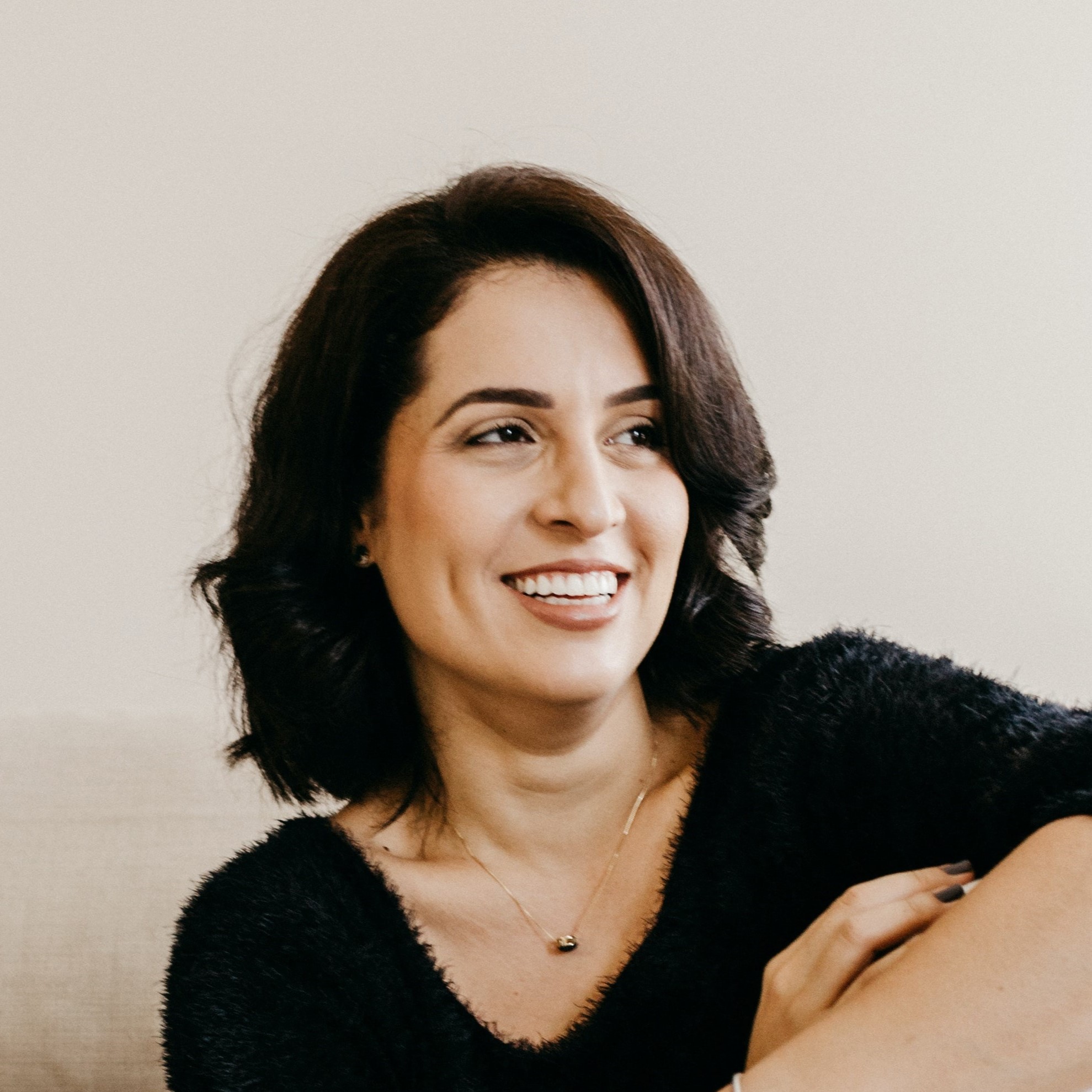
Jessica
Sustainable Skincare Advocate
User Journeys
I created a user journey to deeply understand the user's perspectives and behavior. My goal was to identify the factors that influenced users' decision-making and explore their emotional responses during interactions. I wanted to understand where users struggle to complete actions, get frustrated, or drop off. By pinpointing where users encountered difficulties, and became frustrated, I was able to identify areas for improvement and determine what should be maintained.
User Flows

Amalia
- 26 years - Receptionist - Berlin, Germany
Task Analysis
- Open the app & access "Virtual Makeup".
- Turn on the camera/upload a picture.
- Choose makeup category.
- Adjust color.
- Save or share the look.
- Try more products if desired.
Objective: "Amalia wants to try makeup products before buying them, so that she makes sure the makeup colors match her skin complexion." Success Criteria: Amalia can try the products virtually, and save desired ones.
Sitemap
To craft a site map, I involved five users in an open card sort activity with 20 terms. I chose this approach to grant users the freedom to categorize the terms in a manner that aligned with their mental models.
Wireframes
I began by sketching ideas on paper to explore and create multiple concepts quickly. Basic wireframes helped us focus on the main app features and their functionality. Through analyzing competitors and conducting user research, I identified the key features and functions. Considering the site map and user flow, I created a preliminary layout for the app. Once the basic layout was set, I added details like colors, images, and buttons throughout the design process.
Usability Test
The usability test was arranged twice. In both instances, the test aimed to:
- Evaluate the learnability of users interacting with the Top-notch Beauty app for the first time.
- Assess the participants' comprehension of the app's primary functions.
- Examine how fast and easily users can complete simple and the most common tasks.
- Obtain insights into the overall satisfaction levels of users.
01 - Mid-fidelity prototype test
- Both moderated in-person and moderated remote.
- 6 participants, aged 25-45.
- All had prior online appointment experience.
- 2 having used consultation apps before.
02 - High-fidelity prototype test
- Unmoderated remote.
- 5 participants, aged 25-45.
- I used the CareefFoundry Slack channel to involve peers in design collaboration and gather input from them.

I transformed interview scripts into affinity maps to identify patterns in observations, errors, positive quotes, and negative quotes. I then used these as input for a rainbow spreadsheet, where I evaluated each point.
Mid-fi Prototye Test
I used the Rainbow spreadsheet and Jakob Nielsen's scale to review each point. This highlighted major errors and negative points from usability testing. These findings helped me in prioritizing prototype improvements, focusing on the most critical issues.
Style Guide
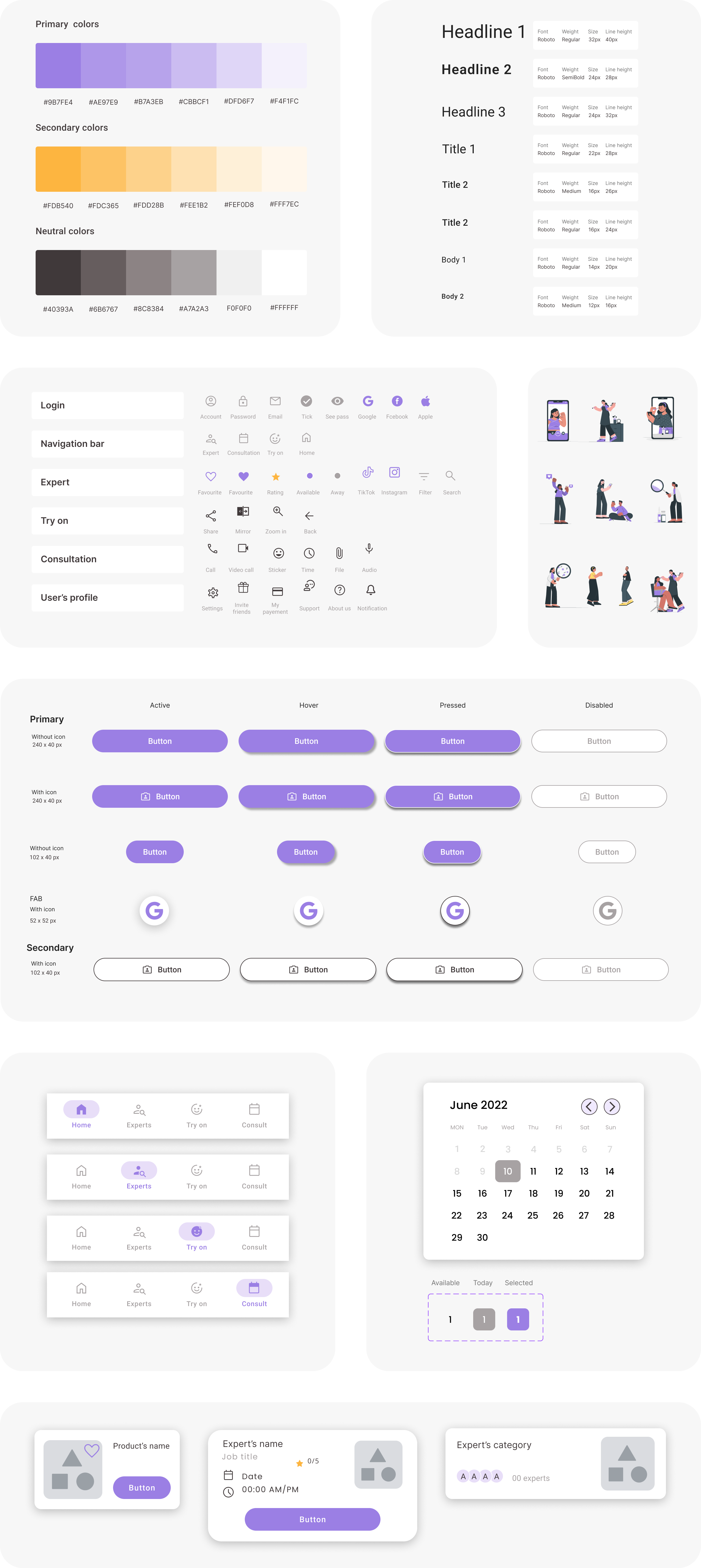
Future Steps
- Conducting user research involving beauty experts like makeup artists and dermatologists to comprehend their requirements and pain points.
- Developing a streamlined purchasing system for makeup products to enhance engagement and potentially increase revenue. To validate this, A/B tests need to be conducted, with one group experiencing the current external website link setup and another group trying the new in-app purchasing approach.
- Integrating a feature that allows users to save their booked appointments to personal calendars (such as Google Calendar or Apple Calendar). To evaluate this feature, user feedback can be collected through surveys or direct interactions with those who have utilized it. Monitoring metrics like the number of successfully saved appointments and user satisfaction ratings is essential.
Values
This app serves as a centralized hub for connecting with beauty experts, offering advice and the opportunity to try on makeup products before making purchases. It even facilitates makeup purchases. Ultimately, it caters to essential beauty needs.


